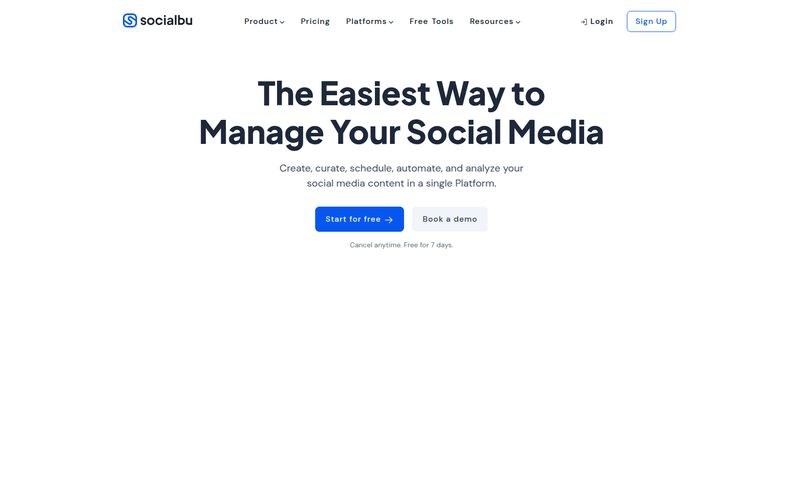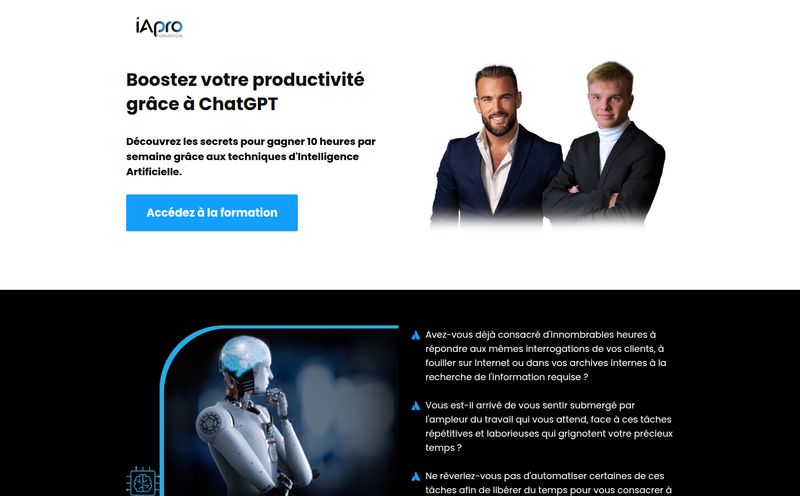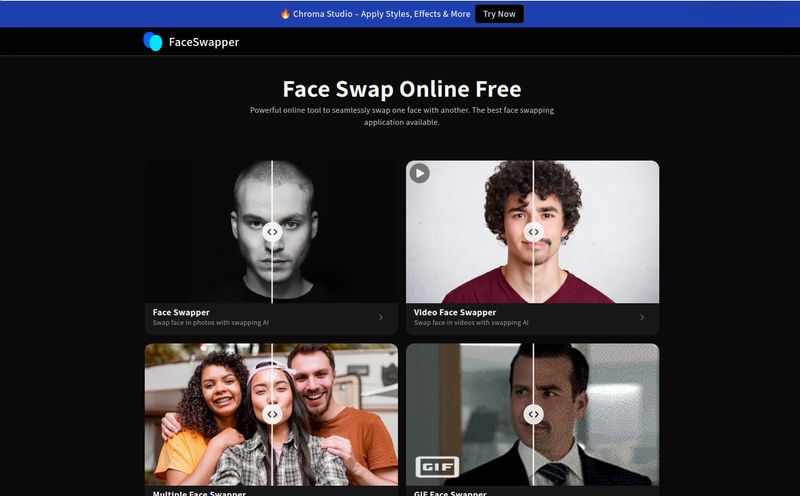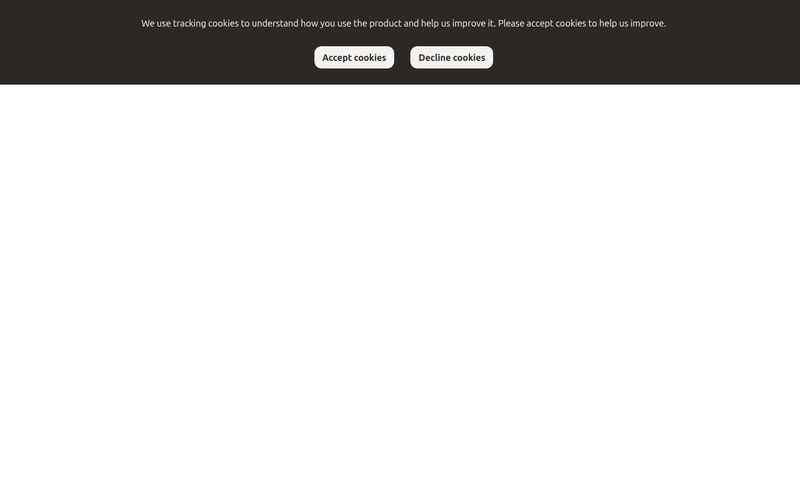For the last couple of years, my workflow for creating a single, decent AI-generated image has been… chaotic. It usually involves me hunched over my keyboard, muttering prompts into Midjourney like some kind of tech-wizard, getting something that's almost right, then exporting it, importing it into Photoshop for cleanup, then maybe running it through another AI upscaler. It’s a mess. A time-consuming, subscription-stacking mess.
I’ve been waiting for a tool that just… gets it. A platform that combines the magic of AI generation with the practicalities of actual design and editing. So when I started hearing whispers about Dzine (you might remember it as Stylar.ai), I was intrigued. An all-in-one platform? Unparalleled control? A user-friendly interface? Yeah, I’ve heard those promises before. But this time, I think they might actually be onto something.
So, What is Dzine, Really?
At its core, Dzine is an AI image and design suite. But that’s a boring way of putting it. What it feels like is a direct answer to the frustrations many of us have had with purely prompt-based generators. Remember the early days of text-to-image? It felt like playing a slot machine. You’d pull the lever (type a prompt) and hope for the best. You might get a jackpot, but you couldn't really steer the outcome.
Dzine changes that. It feels less like a slot machine and more like a high-tech potter’s wheel. You're still working with the raw clay of AI, but you have your hands on it, guiding, shaping, and positioning every element. It brings the 'design' back into AI-assisted design, giving control back to the human. And for a control freak like me, that’s music to my ears.
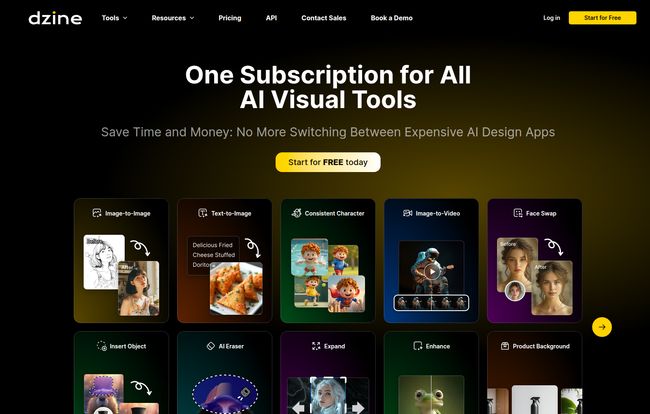
Visit Dzine AI
The Standout Features That Genuinely Impressed Me
Any new AI tool can throw a list of features on a landing page. But which ones actually make a difference in your day-to-day grind? After playing around with Dzine, a few things really stood out.
True Compositional Control, Not Just Prompt-Craft
This is the big one. Dzine has a layer-based system, much like you'd find in Photoshop or Canva. This means you can generate a character, then generate a background on a separate layer, and move them around independently. Want the hero on the left instead of the center? Just drag them. No more wrestling with prompts like “a knight stands on the far left of the frame, cinematic lighting, 8k” only to have the AI gleefully place him dead center.
The Sketch to Art feature is part of this magic. You can literally draw a crude blob where you want a mountain to be, and the AI will build a mountain in that spot, matching your desired style. It’s an incredibly intuitive way to guide the AI's composition without needing a degree in prompt engineering.
The All-in-One Editing Powerhouse
This is where Dzine starts to flex. The fact that I don’t have to immediately export my creation is a game-changer. Key tools baked right in include:
- Generative Fill and Modify: Got a perfect image but hate the character's hat? Select it and tell the AI to change it into a helmet. It works shockingly well.
- Remove Object from Photo: Photobomber? Weird artifact in the background? Just paint over it and poof, it's gone. This is standard stuff for photo editors, but having it in teh same window as the generator is brilliant.
- AI Background Remover: A clean, one-click background removal tool. For product mockups or character sprites, this saves an enormous amount of time.
This tight integration means your creative flow isn't constantly interrupted by switching apps. You can generate, tweak, remove, and enhance all in one place.
Fun, Experimental, and Surprisingly Useful Tools
Beyond the core workflow, Dzine has some other tricks up its sleeve. The AI Text Effects are pretty slick for creating unique titles or logos without having to fiddle with complex layer styles. And the AI Clothes Changer? It sounds a bit gimmicky, but for anyone in e-commerce or fashion design, the ability to quickly visualize a different pattern or style on a model is genuinely practical. They even have an Image to 3D feature which, while still developing, points to a fascinating future for this kind of platform.
Let's Talk Money: Dzine's Pricing Plans
Alright, the all-important question: what's it gonna cost me? Dzine uses a credit-based system and offers a few different tiers, which I appreciate. It's not a one-size-fits-all approach.
| Plan | Price | Best For |
|---|---|---|
| Free | $0 / month | Curious beginners and very casual users. You get 50 credits a month, which is enough to get a feel for the tool. |
| Beginner | $9.99 / month | Hobbyists or freelancers just starting out. 200 fast-gen credits and 4K upscaling is a solid deal. |
| Creator | $19.99 / month | The sweet spot for most serious creators and small business owners. 500 fast-gen credits and up to 6K export resolution. |
| Master | $59.99 / month | Power users, agencies, and anyone doing high-volume work. 2000 credits and all the bells and whistles. |
One of the nicest touches is that even on the Free plan, your credits refresh daily. This encourages you to keep coming back and experimenting, which is a smart move on their part and great for users. For me, the Creator plan seems to hit the perfect balance of features and cost for consistent professional work.
The Good, The Bad, and The AI
No tool is perfect, right? After my initial excitement, I tried to look at Dzine with a critical eye. I've always felt that an honest review needs to show both sides.
The good stuff is obvious. The user-friendly interface is a massive breath of fresh air compared to the command-line feel of Discord bots or the intimidating complexity of a local Stable Diffusion setup. The level of control is, as advertised, unparalleled in this product category. Being able to export at a whopping 6144px by 6144px is a huge win for anyone who needs to print their work. And the all-in-one platform is, frankly, what the industry has been needing.
On the flip side, to do any serious, high-volume work, you're going to have to open your wallet. The free plan is generous for what it is, but you'll burn through those credits quickly if you're on a deadline. And without a premium subscription, you might face some waiting times for your generations during peak hours. That’s a fair tradeoff for a free service, but something to be aware of.
So, is Dzine the Midjourney Killer?
I don't think it's about 'killing' Midjourney. It's about serving a different, and I think growing, type of creator. Midjourney is still the king of pure, jaw-dropping aesthetic power from a simple prompt. It's an incredible inspiration engine.
Dzine, however, is a design engine. It's for the person who has a specific vision in their head and wants the AI to be their co-pilot, not the pilot. It’s for the graphic designer, the social media manager, the author who needs a book cover, the game dev mocking up assets. It’s for people who need to get a job done, efficiently and with a high degree of control.
Frequently Asked Questions about Dzine
- Is Dzine AI really good for beginners?
- Absolutely. In my opinion, it's one of the most beginner-friendly AI image tools out there. The visual, layer-based interface is much more intuitive than writing complex text prompts in a tool like Midjourney.
- How much does it cost to use Dzine?
- You can start for free! The Free plan gives you 50 credits per month (refreshed daily) to test everything out. Paid plans with more credits and advanced features start at $9.99 per month.
- What is the maximum image resolution I can get?
- With the Creator and Master plans, you can upscale your images to an impressive 6144px x 6144px. The free plan is limited to 2048px x 2048px, which is still quite good.
- Can I use the images I create for commercial purposes?
- Generally, yes. Like most AI services, users on paid plans typically own the assets they create and can use them commercially. However, I always recommend checking the platform's latest Terms of Service, as copyright law around AI art is still a developing area. It's better to be safe!
- How does Dzine compare to Canva's AI tools?
- Canva's AI tools are great for adding a quick element to an existing design. Dzine feels more robust, built from the ground up for generating and manipulating the core images themselves. I'd say Dzine offers far more granular control over the image creation process itself.
My Final Verdict
I'm genuinely excited about Dzine. It’s one of the first AI tools I’ve used that feels less like a novelty and more like a sustainable part of a professional creative workflow. It successfully bridges the gap between raw AI generation and practical graphic design. It's not perfect, but it's a massive step in the right direction.
If you've felt that creative spark get extinguished by the frustrating limitations of other AI tools, I'd say give Dzine’s free plan a spin. It might just be the thing that ends your tool-hopping nightmare, too.
